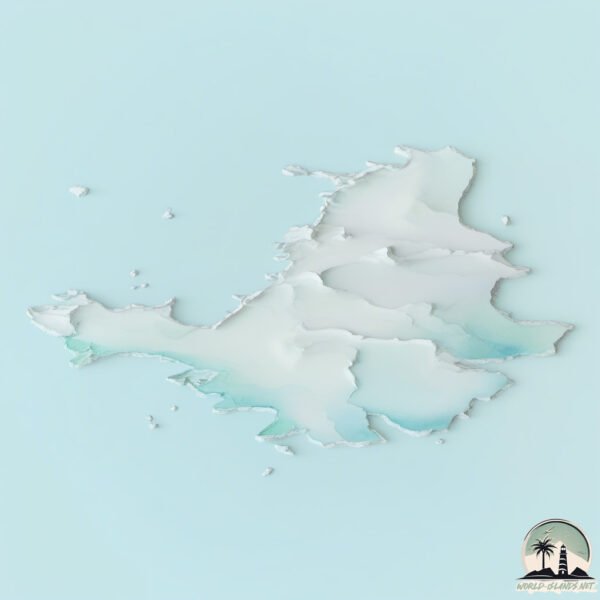Welcome to Campbell , a Temperate island in the The Coastal Waters of Southeast Alaska and British Columbia, part of the majestic Pacific Ocean. This guide offers a comprehensive overview of what makes Campbell unique – from its geography and climate to its population, infrastructure, and beyond. Dive into the details:
Geography and size of Campbell
Size: 137.3 km²Coastline: 173.5 kmOcean: Pacific OceanSea: The Coastal Waters of Southeast Alaska and British ColumbiaContinent: North America
Campbell is a Large Island spanning 137 km² with a coastline of 174 km.
Archipel: –
Tectonic Plate: Scotia – Situated in the Southern Ocean, surrounding the Scotia Sea, between South America and Antarctica, known for the Scotia Arc and active seismicity.
The geographic heart of the island is pinpointed at these coordinates:
Climate and weather of Campbell
Climate Zone: TemperateClimate Details: Temperate Oceanic ClimateTemperature: Warm Summer
Climate Characteristics: Known for its moderate year-round temperatures with ample rainfall and no dry season. Warm summers are characteristic.
Topography and nature of Campbell
Timezone: UTC-08:00Timezone places: America/Los_AngelesMax. Elevation: 227 m Mean Elevation: 59 mVegetation: Evergreen Needleleaf ForestTree Coverage: 73%
The mean elevation is 59 m. The highest elevation on the island reaches approximately 227 meters above sea level. The island is characterized by Hills: Gently sloping landforms with rounded tops, having a maximum elevation between 200 and 500 meters. Hills contribute to a varied landscape on islands.
Dominating Vegetation: Evergreen Needleleaf Forest
Vegetation: 7 vegetation zones – Very Highly Diverse Island
Infrastructure and Travelling to Campbell
Does the island have a public airport? yes .
Does the island have a major port? yes .
The mean population of Campbell is 9 per km². Campbell is Gently Populated. The island belongs to Canada .
Continuing your journey, Stryker is the next notable island, situated merely km away.
Campbell Island Postcard - Subantarctic Paradise
Campbell Island is the southernmost of New Zealand's five sub-Antarctic Islands. Windswept, cold, and surprisingly lush, ...
Campbell Island Postcard - Subantarctic Paradise
Campbell Island is the southernmost of New Zealand's five ...
Campbell Island is the southernmost of New Zealand's five sub-Antarctic Islands. Windswept, cold, and surprisingly lush, ...
Campbell Island, New Zealand
Campbell Island (Motu Ihupuku) is a remote, subantarctic island of New ...
Campbell Island (Motu Ihupuku) is a remote, subantarctic island of New Zealand. We went there when crewing for Henk Haazen ...
Canada is classified as Developed region: G7: Group of Seven – Major advanced economies, including Canada, France, Germany, Italy, Japan, the United Kingdom, and the United States. The level of income is High income: OECD.
News – Latest Updates and Headlines from Campbell
Stay informed with the most recent news and important headlines from Campbell. Here’s a roundup of the latest developments.
Loading...
Please note: The data used here has been primarily extracted from satellite readings. Deviations from exact values may occur, particularly regarding the height of elevations and population density. Land area and coastline measurements refer to average values at mean high tide.

